What Is the Process of Getting Breast Implants?
Body Plastic Surgery
Unproportioned, saggy, and asymmetrical breasts can affect women's posture, impair their self-image, increase their anxiety, and lower their self-confidence. Thanks to medical advancements, various body plastic surgeries are performed nowadays to make the breasts look more proportioned, balanced, and symmetrical.
Breast augmentation, also known as mammary augmentation or augmentation mammoplasty, is a cosmetic surgical procedure that involves increasing the size of a woman's breasts. This procedure is typically performed to improve the patient's self-image and confidence. It can also help to address physical issues such as asymmetry or breast shape caused by pregnancy, weight loss, or other factors.
However, before undergoing surgery, it is important to understand the process of getting breast implants, including the preparation, the surgery itself, and the recovery time. This article will explore the various aspects of breast augmentation and provide a comprehensive guide on what to expect during the process.
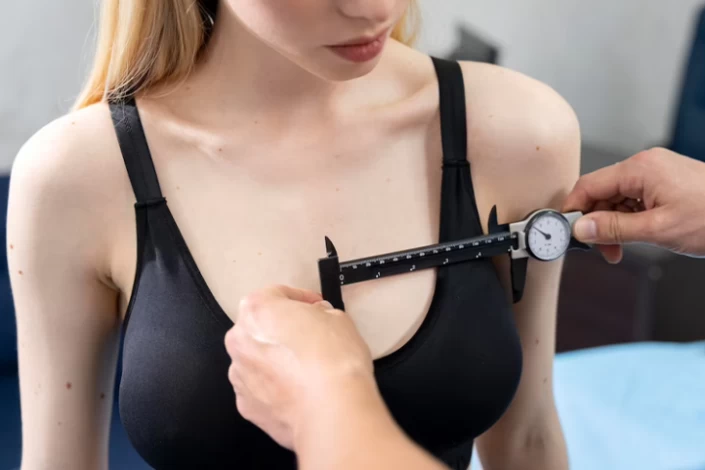
What Is Breast Augmentation?
Breast augmentation is a major cosmetic procedure in which the surgeon adds to the volume of the breast, improves its shape, restores its symmetry, and makes it look younger by stretching its skin and creating a fine cleavage. Breast augmentation is also known by other names such as boob job, breast enlargement surgery, augmentation mammoplasty, and breast implant surgery.
Breast Augmentation Procedure
The procedure of breast augmentation has four main stages:
- Anesthesia: breast implant surgery is a major operation under general anesthesia. The sedatives will enter your bloodstream either through inhaling or injection. Therefore, if you have an allergy to anesthetics or a history of delayed recovery from anesthesia, it is important to inform your doctor in advance.
- Incision: each technique of breast augmentation involves one or more incisions. The cuts are either made under the breast's crease (inframammary fold or sub-pectoral), along the areola (peri-areolar), or near the armpit (trans-axillary). The extent, shape, and location of incisions depend on the type and size of your implant.
- Implant placement: depending on the type and size of your preferred implant, the surgeon places them either over your breast muscle (subfascial) or behind it (submuscular). Although subfascial placement is less painful and has a shorter and easier recovery, most patients (nearly 75%) choose submuscular placement as this technique reduces the risk of scar contracture, skin strain, and implant rippling.
- Suturing: after implant placement, the doctor stitches the incisions and places one or two drainage tubes inside the wounds to drain fluids. Then, he covers breasts and armpits with a gauze bandage and dresses your boobs with a surgical bra to support them. The drains are removed three to five days following the surgery, and the sutures will be dissolved into your skin.
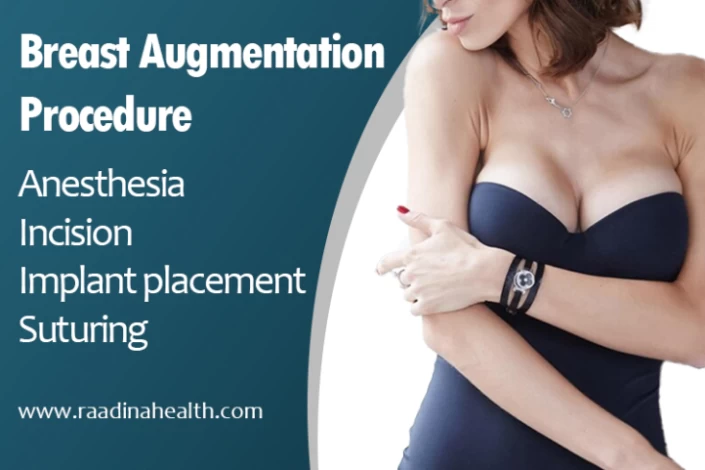
Good Candidates for Breast Augmentation
Almost anyone above 18 can get breast augmentation; however, you should have the following features to be a good candidate for this operation and achieve great results.
- Not having life-threatening diseases such as diabetes, elevated blood pressure, cardiovascular problems, and blood coagulation disorders;
- Being a non-smoker;
- Having realistic expectations about the surgery;
- Not having depression or mental disorders;
- Not having a plan to get pregnant in the future;
- Having small breasts that are not in proportion with other body features;
- Having saggy and small breasts due to aging, pregnancy, breastfeeding, and hormone fluctuations;
- Having small and asymmetrical breasts due to genetic factors and
- Having lost a part or whole of the breast tissue due to trauma or cancer.
How to Prepare for Boob Job?
Before a boob job, there are certain things that you must do or avoid to have a risk-free operation and outstanding results. Read to learn what you should do before breast augmentation.
- Choose a qualified and experienced surgeon. A good plastic surgeon for a boob job should have enough knowledge about breast implants, breast anatomy, and different techniques of this surgery;
- Do a lot of research and find the right breast implant brand that matches your expectations;
- Take blood tests, mammograms, CT scans, and physical examinations before the operation;
- If you have a certain disease and take medication for it, inform your doctor so that they can adjust or cut them;
- If you have food or drug allergy, tell your doctor in the consultation session;
- Quit smoking and avoid drinking alcohol (even light beers) from 15 days before the surgery as they can cause bleeding during and after the boob job;
- Avoid taking NSAIDs, blood thinning medications, herbal medicines, teas, and dietary supplements that contain vitamin E;
- If you are overweight and need to lose weight, do it at least three months before the operation because losing weight after it can cause your breasts to sag or deform;
- Prepare food, medication, and entertainment before breast implant surgery, as you cannot leave the house for 7 to 10 days after it.
Types of Breasts Augmentation
Generally, two types of breast augmentation are done, each with certain benefits and drawbacks.

Fat transfer breast enlargement
Fat transfer is a less popular type of breast augmentation that should be done along with liposuction surgery. In this operation, the surgeon uses fat grafts extracted from other body parts, such as the abdomen, thighs, and backs, to augment the breasts.
The merit of this operation is that its recovery is short and more comfortable and is suitable for people with a health condition that prevents them from having invasive breast augmentation. However, you should not expect great changes after the fat transfer boob job as this operation only increases one or two sizes of your breasts.
Breast enlargement using breast implants
Enlarging the breasts using implants is more common and popular among women as the breasts look firmer, more projected, and more natural after this operation. Choosing the right breast implant is challenging and time-consuming because it comes in various shapes, sizes, textures, fillings, and costs; however, you can find the best one after consulting your surgeon and discussing your expectations with them.
Although breast enlargement using breast implants is more invasive and costlier than fat transfer augmentation, its results are more prominent and significant. Also, this operation is the best option for those who have lost part of their breasts due to an injury or breast cancer.
Here is a table summarizing the key differences between the two types of surgery:
Features | Fat Transfer | Breast Implants |
Invasiveness | Less invasive | More invasive |
Recovery time | Shorter | Longer |
Results | More subtle | More significant |
Cost | Less expensive | More expensive |
What to Expect After Breast Enlargement Surgery?
After breast augmentation surgery, you will be transferred to the recovery room and monitored by healthcare staff for 12 hours. Once the anesthetics have left your system and you are fully conscious, you can go home, but remember that you cannot drive for at least a week, so ask someone to take you home after the operation.
Having moderate to severe pain, nausea, headache, dizziness, swelling, bruising, fluid discharge, burning sensation, itching, and mild bleeding is quite normal after breast enlargement surgery; fever or green discharges may be a sign of infection and should be treated immediately.

Breast Augmentation Recovery Timeline
Breast augmentation recovery time depends on the extent of the surgery and the body's healing speed. Most people feel good enough to return to work within 10 days, but the total recovery from this cosmetic procedure takes 6 to 8 weeks.
Immediately after Breast enlargement (Day 1-2):
- Expect severe pain and swelling in your chest, which is normal;
- Non-absorbable sutures may be removed during this time.
During the first week after breast implant surgery (Day 3-7):
- Pain and swelling should gradually subside;
- Skin adhesives and surgical tapes should fall off within 10-15 days;
- Women with desk jobs can return to work, but those with physically demanding jobs should refrain for two weeks;
- Avoid strenuous activities.
Week 3 – 4 after a Boob job
- You can gradually resume light activities like short walks;
- Avoid lifting heavy objects or engaging in intense exercise;
- Always listen to your body and take it easy;
- To speed up healing from severe swelling and bruising, get a manual lymphatic drainage massage;
- If you're prone to severe scarring or keloids, start using anti-scar ointments and creams from the third week of healing.
A fifth week and beyond after breast implant surgery
- Most of the swelling and bruising will have subsided;
- Mild pain may still be present around the wounds, but it won't require painkillers;
- Scars will have changed from red to pink and won't itch anymore, but using ointments is recommended to prevent crusting and hypertrophic scars.
Boob Job Aftercare Tips
Taking care of the body after a boob job will help you have a more comfortable recovery period and obtain greater results. Read the following to know more about what to do after breast augmentation.
- Only take prescribed medications;
- Be careful of the signs of infection;
- Keep your wounds clean and dry;
- Avoid taking a shower for 48 hours after the surgery;
- When washing your body, do not use too hot or too cold water, and refrain from scrubbing your wounds;
- Avoid bed rest as it can increase the risk of blood clots;
- If you have children or pets, ask someone to take care of them for a few days;
- Use the elevator instead of the stairs;
- Avoid smoking tobacco products, vaping, and drinking;
- Avoid strenuous activities and contact sports;
- Do not twist, stretch, or bend your body;
- Avoid hot tubs, saunas, and swimming pools;
- Maintain a healthy diet and stay hydrated all day long, and
- Elevate your upper body using two pillows to support your breasts when sleeping.
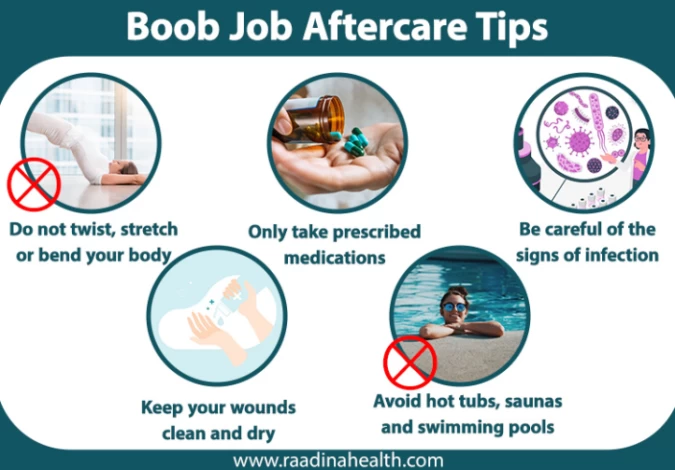
Boob Job Risks and Complications
Despite being irritating and uncomfortable, complications such as pain, swelling, bruising, redness, itching, fluid discharge, numb nipples, and mild bleeding are inevitable after a boob job. The following risks and side effects may happen in some cases only.
- An allergic reaction to the anesthetics
- Severe scarring
- Excessive bleeding
- Hematoma
- Infection
- Change in skin tone
- Damage to milk ducts, nerves, and internal tissues
- Hypersensitivity of the nipples and areola
- Necrosis
- Capsular contracture (breast tissue feeling hard)
- Skin rippling
- Fold in the implant
- Malposition or rotation of the implants
- Deflation or leakage of the implants
- Developing BIA-ALCL
- Breast implant illness
- Pain in joints, back, shoulders, and chest
- Developing lymphoma
Breast Implant Illness (BII) after Breast Augmentation
Breast implant illness (BII) is a collection of symptoms that some women experience after breast implant surgery. Breast implant illness is more common in women with a history of autoimmune disease, connective tissue disorders, multiple allergies, and inflammatory diseases.
BII refers to symptoms that may impair one's health and force them to have their implants removed. Some of its signs and symptoms include pain in the chest, dry mouth, pain in joints and bones, brain fog, insomnia, inability to focus and concentrate, constant fatigue even after a good sleep, weight fluctuations, hair loss, unexplained blistering, and gastrointestinal problems.
The exact cause of Breast implant illness (BII) is unknown, but it is thought to be related to an immune reaction to the silicone gel or saline filler in the implants.
If the symptoms of BII are minimal, the doctor resolves them using medications; however, in most cases, the surgeon performs a total capsulectomy. In other words, the surgeon removes (not replacing) the implants and their capsules completely.
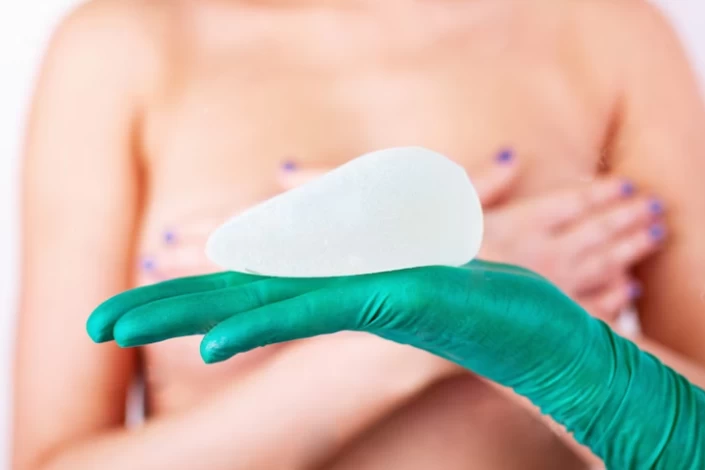
Breast Augmentation Results
You can see the results of breast augmentation right after the surgery. Still, the actual outcomes of your operation will be revealed 6 to 12 months after the surgery, i.e., when the swelling has subsided and the implants have settled in their position.
It should be mentioned that the healing rate is different for each body so that you may see the actual results even four months following the procedure. If you maintain a stable weight, do not get pregnant, and your implants do not deflate or rupture, the outcomes of a boob job will last 10 to 20 years.
What Is “Drop and Fluff” after Breast Augmentation?
Drop and fluff after breast augmentation means settling the implants in the chest. This procedure happens gradually and is associated with breast tightness, swelling, and slight discomfort. It takes at least six weeks for the implants to drop to their intended position, but once it’s done, the breasts look softer, rounder, and more natural-looking. In some rare cases, one of the breast implants drops and fluffs faster than the other one, resulting in breast asymmetry. Fortunately, this problem has been resolved independently, and no medical treatment is needed.
When Should You See a Doctor After Boob Job?
For almost six weeks, you should be frequently checked and examined by your plastic surgeon so that if there is a problem with your breasts, the doctor can detect it on time. Furthermore, you should be careful of warning signs after a boob job, and if you have them, visit your doctor immediately.
If you have noticed the following symptoms, even months after the surgery, contact your doctor immediately.
- Fever, chills, and unexplained sweating;
- Having abnormal discharges coming out of your wounds;
- Severe bleeding;
- Damage or rupture of stitches;
- Abnormal redness of your breast skin;
- Unbearable burning sensation in the wounds;
- Feeling pressure and tightness in your breasts;
- Shortness of breath;
- Severe and sharp pain in the operated area;
- A sudden increase in heart rate or blood pressure.
Breast Augmentation in Iran
Iran is known for its high-quality medical facilities and skilled surgeons, making it a popular destination for medical tourism. The cost of breast augmentation in Iran is significantly lower than in many other countries, making it an affordable option for those seeking the procedure.
In addition to affordability, Iran offers a range of options for breast augmentation, including different types of implants and techniques. Surgeons in Iran are experienced in performing breast enhancement surgeries, with many having received training and education in top medical institutions around the world.
What is the Cost of Breast Augmentation in Iran?
The cost of breast augmentation in Iran can vary depending on several factors, such as the type of implant used, the surgeon's experience and reputation, the clinic's location, and the extent of the procedure. However, on average, the cost of breast augmentation in Iran ranges from $2,000 to $3,000. It is important to note that this cost typically includes all fees, including surgeon fees, anesthesia, hospital or clinic fees, and follow-up visits. Research and comparing prices from different clinics and surgeons is recommended before deciding.
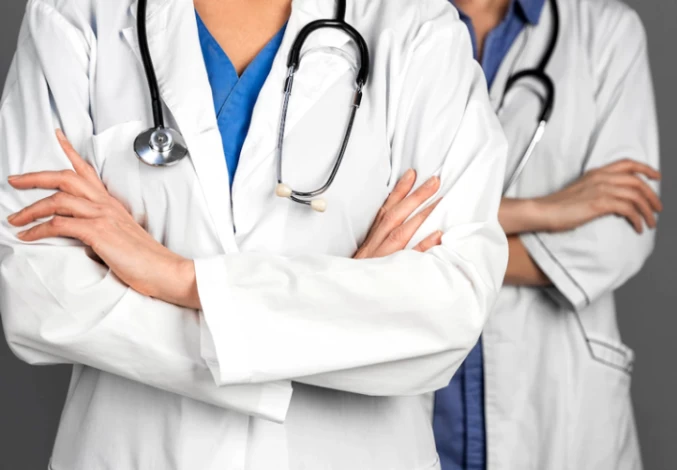
FAQs About Breast Augmentation
1) What is the success rate of breast augmentation?
The success rate of breast augmentation ranges between 85% and 98%, depending on the type and brand of the breast implants, the surgeon's expertise, and the technique used.
2) Which breast implant is the safest?
Both saline and silicone breast implants are considered safe; however, a saline implant is considered a more low-risk option as it causes no harm if it leaks or ruptures.
3) Can I breastfeed after a boob job?
Whether you can breastfeed or not depends on the location of the incisions, where the implants are placed, and the type of implants you choose. So, if you intend to have children in the future, discuss it with your doctor in advance.
4) Do nipples still work after breast augmentation?
Your nipples will be numb and abnormally hard for 4 to 6 weeks, but they will gradually return to their original state.
5) Does a boob job leave scars?
The short answer is yes. There would be minimal scars under your breasts or around the areola after a boob job, but fortunately, they can be concealed by normal bras and bikini tops.




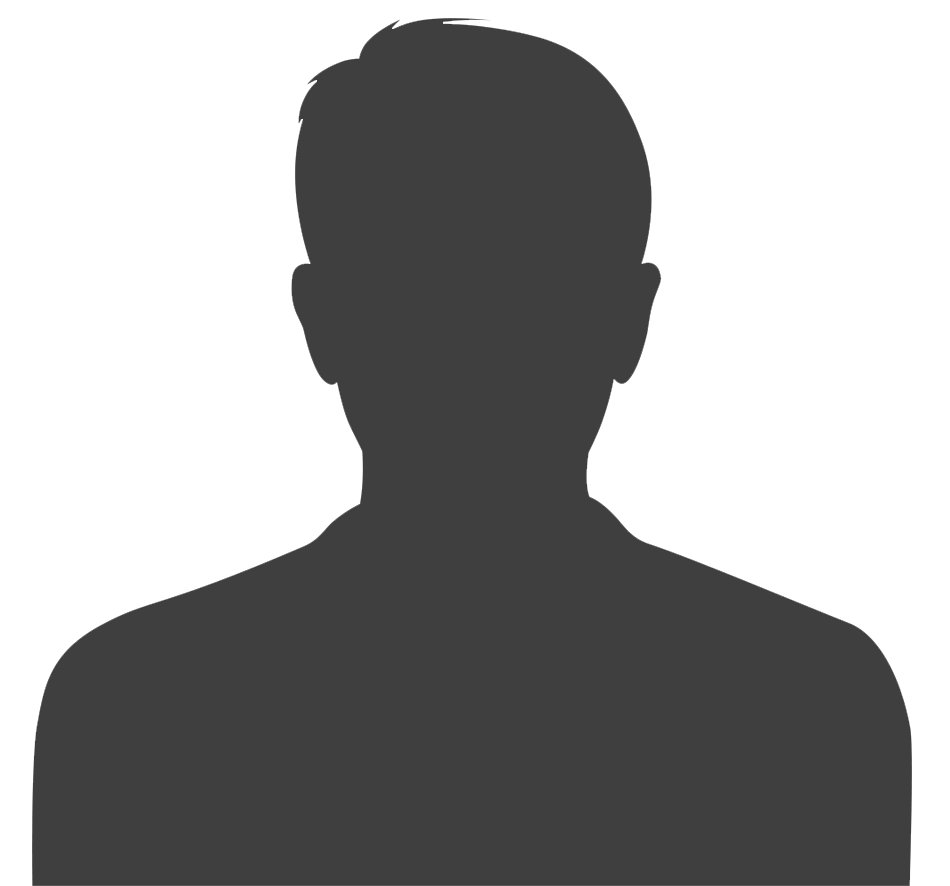
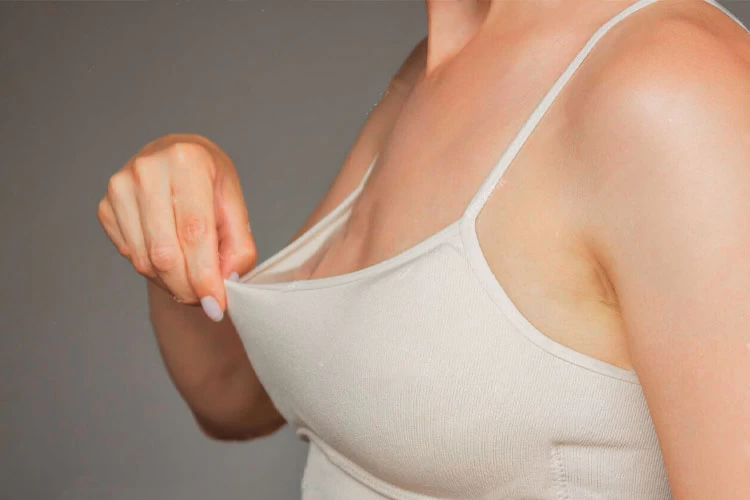


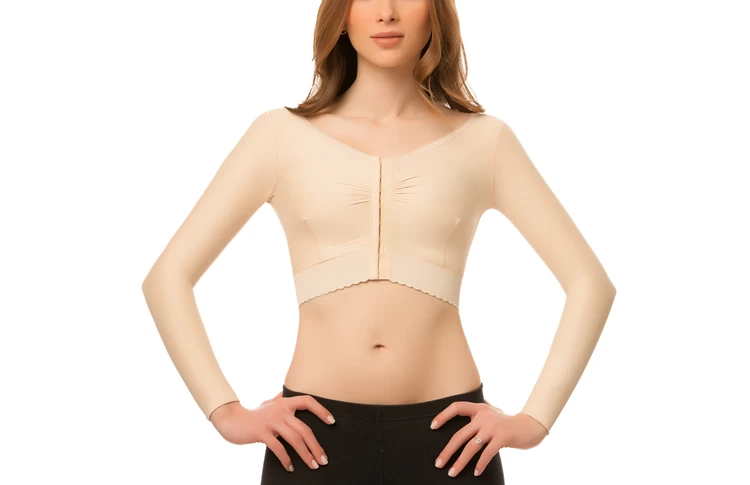


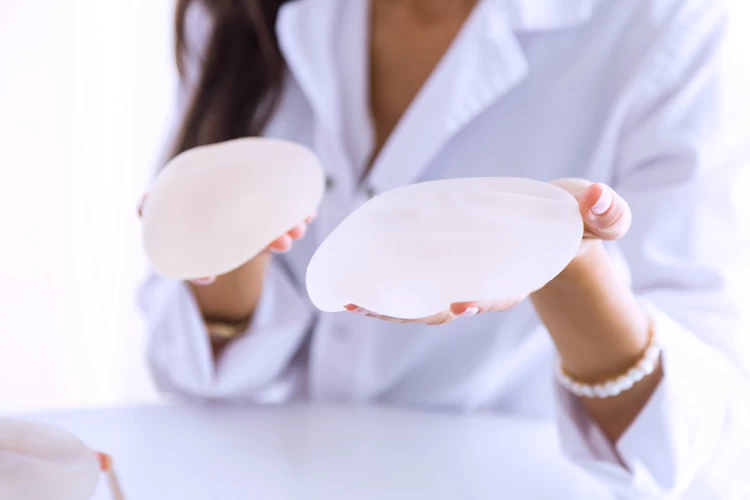
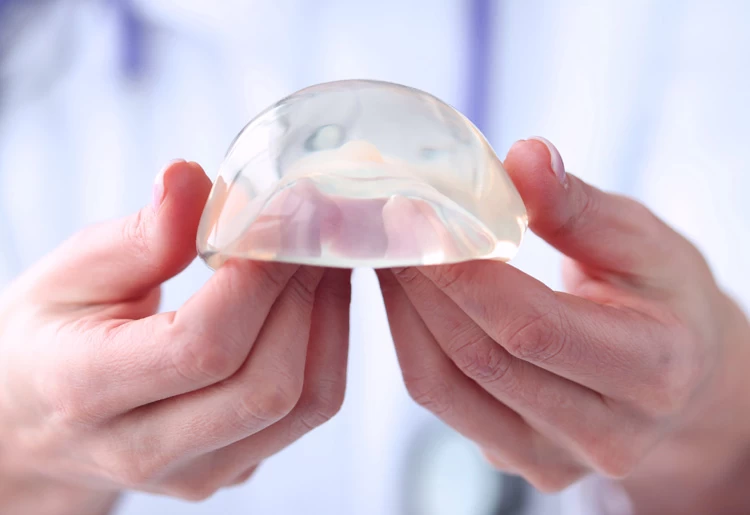

No reviews
Your comment